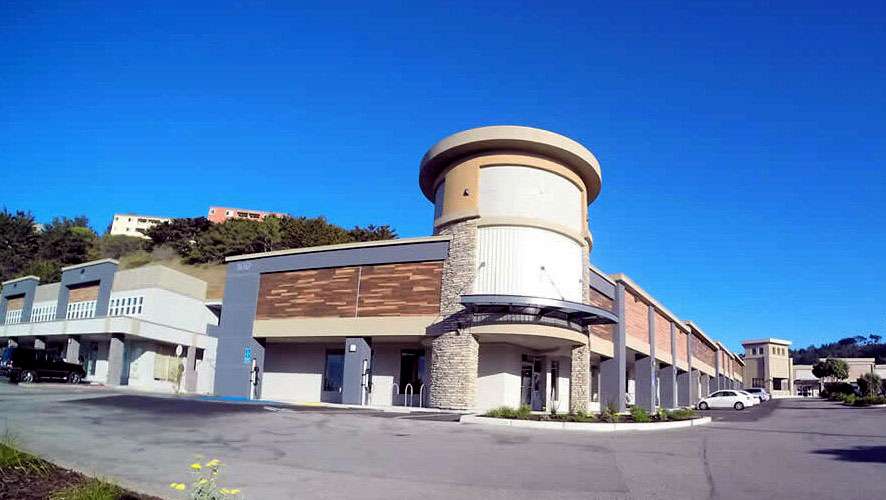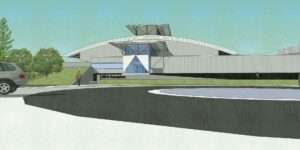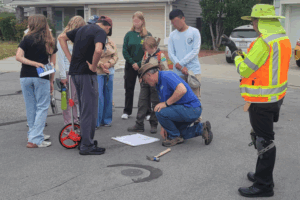As retail trends shift, many strip malls are being reimagined to meet the changing needs of today’s market. This transformation, however, comes with a range of challenges, especially from a civil engineering perspective. In this article, we explore the key factors civil engineers must consider when renovating these spaces.
The Complexity of Strip Mall Modernization
Modernizing a strip mall may seem like a small task, but it often requires deep expertise and experience. Each renovation project presents unique challenges, influenced by financial constraints and the need to comply with updated codes and regulations. In high-density areas like the San Francisco Bay Area, these challenges are even more pronounced, as engineers must balance cost limitations with zoning laws and building codes.
A Shift from Retail to Restaurants
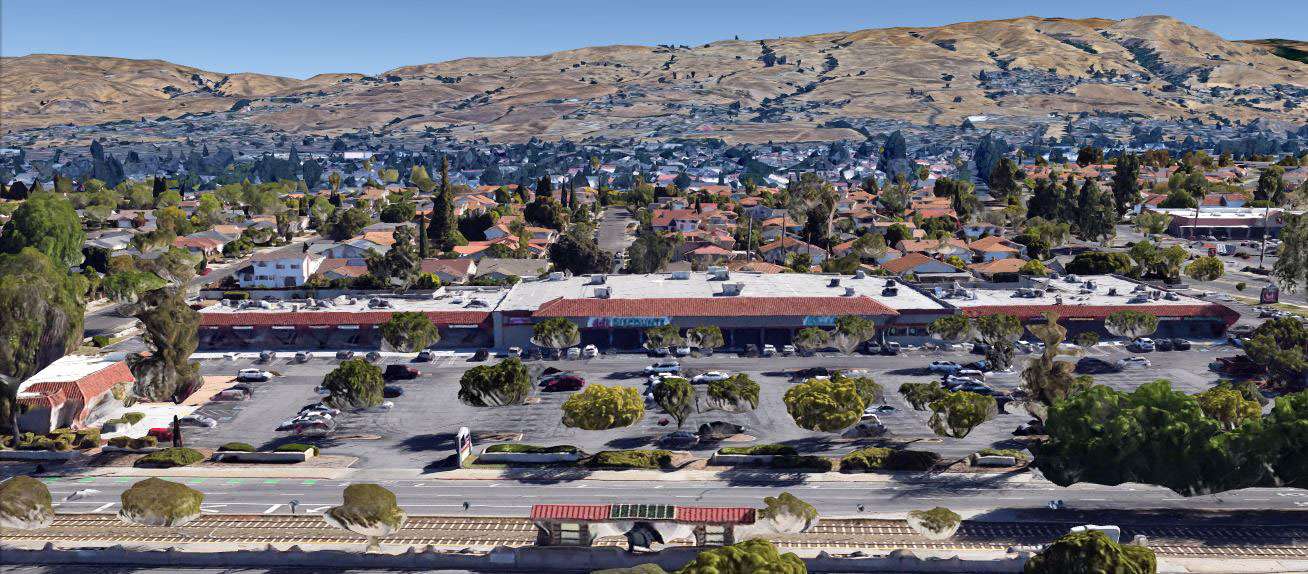
One notable trend in strip mall revitalization is the transition from traditional retail spaces to restaurants and dining establishments. This change often requires significant adjustments to existing infrastructure. For instance, restaurants demand far more power, water, and sewer capacity than retail stores. Civil engineers need to assess how these increased requirements will impact the overall design and functionality of the space, ensuring that the infrastructure can support these changes.
Upgrading Electrical Systems
One of the biggest hurdles in modernizing older strip malls is upgrading their electrical systems. Many of these malls were built decades ago, and their outdated electrical systems often can’t handle the heavy load needed for commercial kitchens. Engineers must work closely with utility companies like Pacific Gas and Electric (PG&E) to plan for service upgrades, which can sometimes involve long delays and bureaucratic hurdles. These challenges can affect project timelines and require engineers to carefully plan how power will be distributed throughout the renovated mall.
Changing Parking and Zoning Regulations
In the Bay Area, recent changes to parking requirements have affected strip mall design. Local zoning laws are shifting to promote reduced car dependency and encourage alternative transportation options. As a result, there’s less need for large parking lots, which opens up more space for other uses, such as offices or restaurants that operate at different hours. Engineers must stay informed about these evolving regulations and ensure compliance with the California Green Code, which sets sustainability standards for building projects.
ADA Accessibility and Inclusive Design
As communities become more diverse, it’s essential for public spaces to be accessible to all. Civil engineers must integrate accessible design principles into their renovation plans, ensuring that strip malls meet or exceed ADA (Americans with Disabilities Act) requirements. This includes features like ramps, wider doorways, and accessible restrooms, which are crucial for creating inclusive spaces that everyone can enjoy.
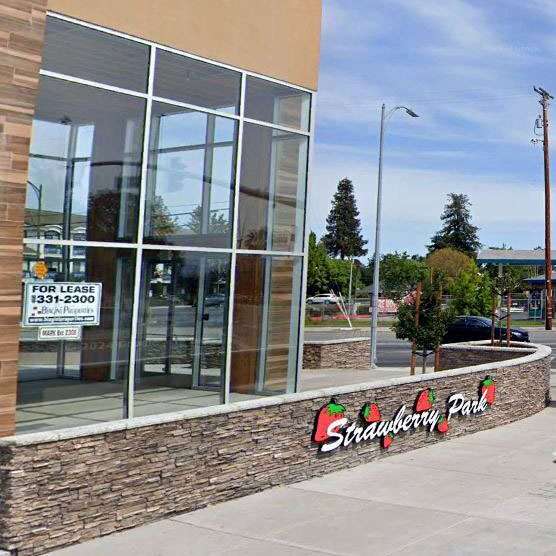
The Civil Engineer’s Role in Transformation
Strip mall revitalization is a complex process that requires careful planning and precise execution. Civil engineers play a critical role in navigating the challenges of updating aging infrastructure, meeting the demands of modern consumers, and complying with evolving regulations. By addressing these issues, engineers help transform underused or outdated spaces into vibrant, functional community hubs.
At Underwood & Rosenblum, we specialize in managing the complexities of strip mall modernization. Our team understands that these projects can be messy and challenging, but we are skilled at evaluating existing conditions and determining what needs to be replaced or updated. We deliver cost-effective, efficient solutions without compromising on quality. With our experience in smaller projects and tight budgets, we are able to transform underutilized spaces into valuable assets for communities. We look forward to continuing to work on these exciting projects and bringing our expertise to every step of the process.

